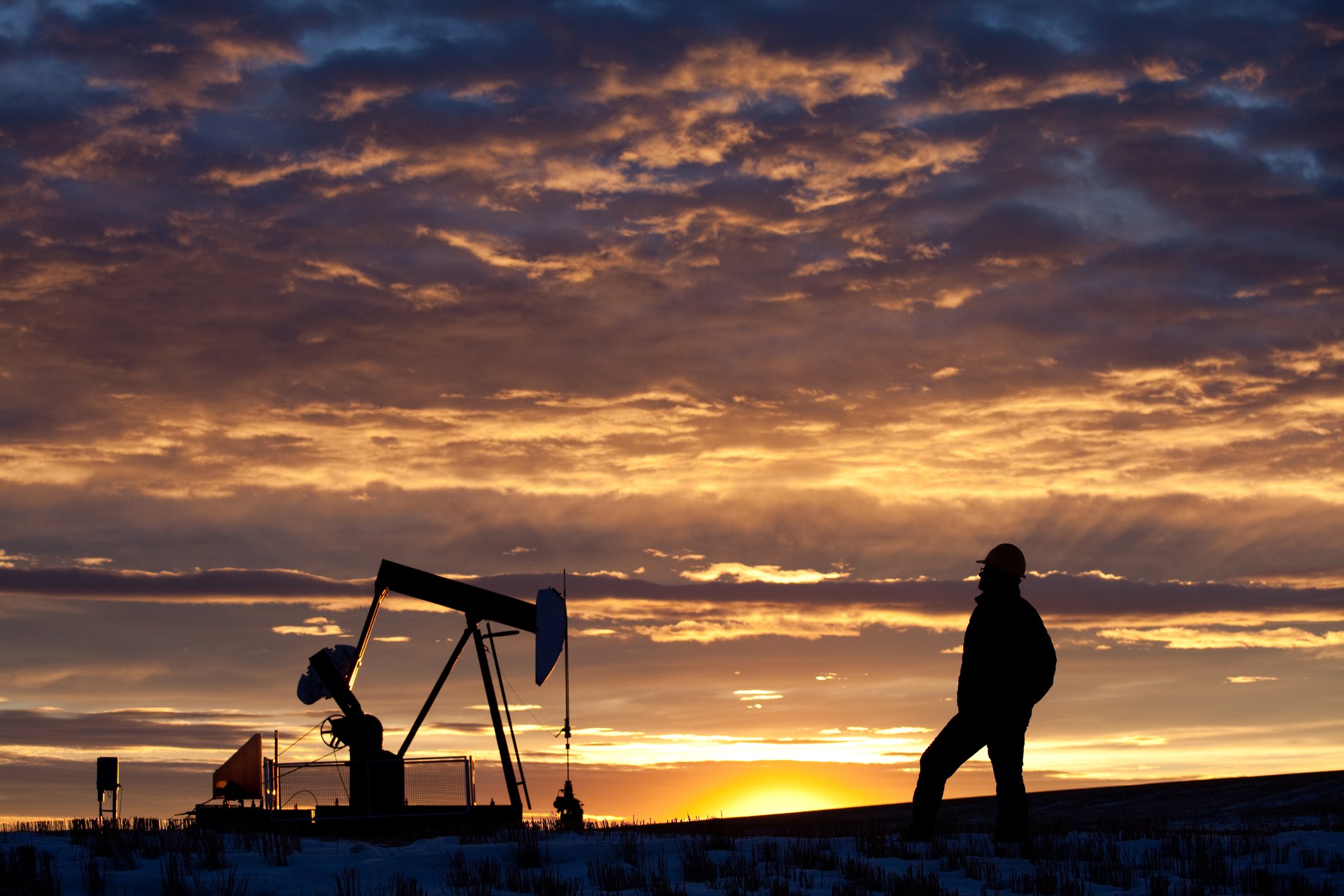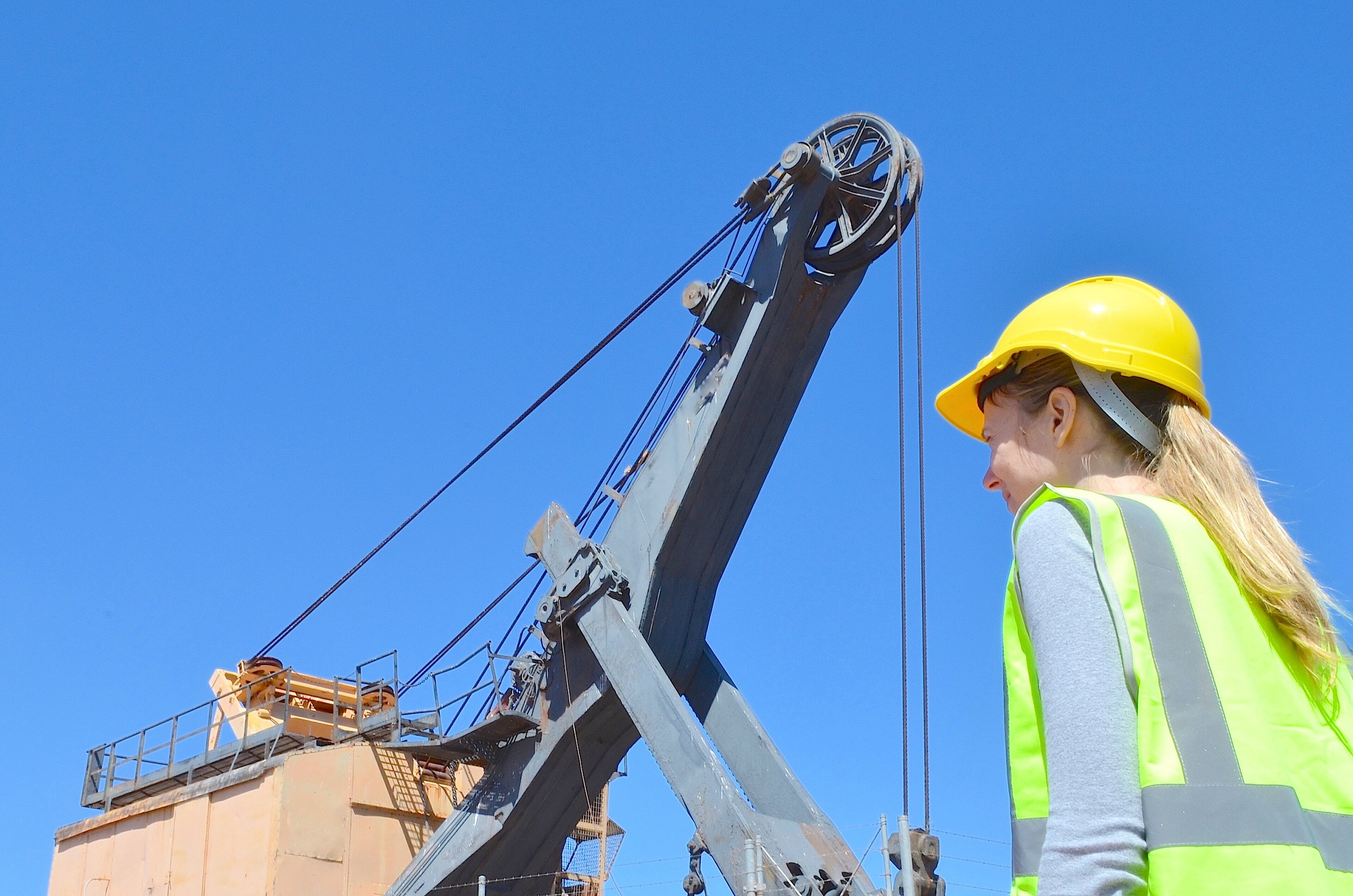America's natural gas boom continues to set new records, with the Marcellus shale surpassing 15 billion cubic feet/day of gas production in July, according to the Energy Information Administration (EIA).

Source: EIA July Drilling Productivity Report
To put this achievement into perspective, it means that just one shale gas formation in the U.S. is the fourth largest natural gas producer in the world, surpassing Qatar, Canada, and sitting just 6% behind the entire European Union.
According to analyst firm ICF International, that production from the Marcellus/Utica shale is set to increase 127% by 2035.
A great way to profit from this megatrend is by investing in pick-and-shovel companies, those that provide the vital raw materials that make such fantastic growth possible. One such material is frack sand, and U.S. Silica Holdings (SLCA +0.00%), the nation's oldest frack sand producer, is proving that it can ride the wave of oil and gas production to riches and take investors along for the ride.
Blowout earnings
U.S. Silica Holdings released earnings on July 29 that explain why it's been a Wall Street darling for the last few years.

SLCA Total Return Price data by YCharts
Revenues soared 59% to $205.8 million due to a 27% increase in sand volume, which resulted in a 45% increase in quarterly earnings per share. EPS was $0.55/share up from $0.38/share a year ago.
Not only did that beat analyst estimates by nearly 20% (analysts were expecting $0.46/share), it also raised its adjusted EBITDA (earnings before interest, taxes, depreciation, and amortization) guidance for the full year by 16% to $215 million to $225 million from $180 million to $200 million.
Adjusted EBITDA for the quarter was up 43% compared to a year ago, and once more the star of the show was the company's oil and gas segment. This segment accounted for 76% of operating margins, up from 69.7% last year. Frack sand volumes were up 53% compared to industrial and specialty sand, which was up just 3.3%.
Good news keeps getting better
Thanks to demand that's expected to rise by 25% this year alone, U.S. Silica was able to raise prices twice this year by a total of 20%.
This upward pricing pressure has resulted in energy companies negotiating longer-term contracts. For example, in the second quarter U.S. Silica signed four new contracts and renegotiated one older one. The bottom line is that the company's production is now sold out through the second quarter of 2018, according to CEO Bryan Shinn.
Continued growth initiatives
U.S. Silica isn't resting on its laurels -- it's working hard to expand its capacity, which at 8.2 million tons of sands, makes it one of the largest industrial sand providers in the country.
U.S. Silica is expanding its operations in two ways: acquisitions and new mines.
In July it acquired Cadre Services for $98 million. The acquisition will increase U.S. Silica's annual production by 800,000 tons, about 10%, and was purchased at a very good value of just 4.7 times 2013 adjusted EBITDA.
The importance of the Cadre acquisition is as much about location as it is about sand volume. Cadre is headquartered in Voca, Texas, and serves the Permian Basin. Pioneer Natural Resources estimates the Permian holds 75 billion barrels of recoverable oil; these estimates keep increasing and are up 50% since 2013.

Source: 2014 Hart Energy Permian conference presentation
Oil producers in formations such as the Permian and Eagle Ford are experimenting with new techniques such as longer laterals and tighter packed wells. This not only greatly increases oil production, but also requires more frack sand per well. For example, the amount of sand used per well is up from 2,500 tons to 5,000 on average, with some consuming 8,000 tons of sand.
To help meet this new demand U.S. Silica's new Utica sand mine will be fully operational and operating at maximum capacity by Sept. 1. The new mine will add 1.5 million tons of annual capacity (18.3%).
Finally, the town of Fairchild, Wisconsin, has just granted U.S. Silica approval for a new mine that would increase its capacity by 3 million tons and begin operating at the end of 2015. Not only will this mine, once online, increase U.S. Silica's capacity to 13.5 million tons, but it is served directly by the Union Pacific Railroad. This logistical link is vital because of U.S. Silica's rapidly growing fleet of rail cars (20% growth in 2014 to 5,100 cars) necessary to service major shale oil and gas formations around the country.
Analysts are expecting U.S. Silica's earnings growth to remain red-hot, with consensus estimates of 36% in 2014 and 55% in 2015.
Foolish takeaway
U.S. Silica Holdings' latest earnings report shows why it's one of the hottest materials stocks on Wall Street. With the megatrend of shale oil and gas production likely to continue for years to come, U.S. Silica's fast-growing capacity is likely to continue driving blowout earnings quarter after quarter.




